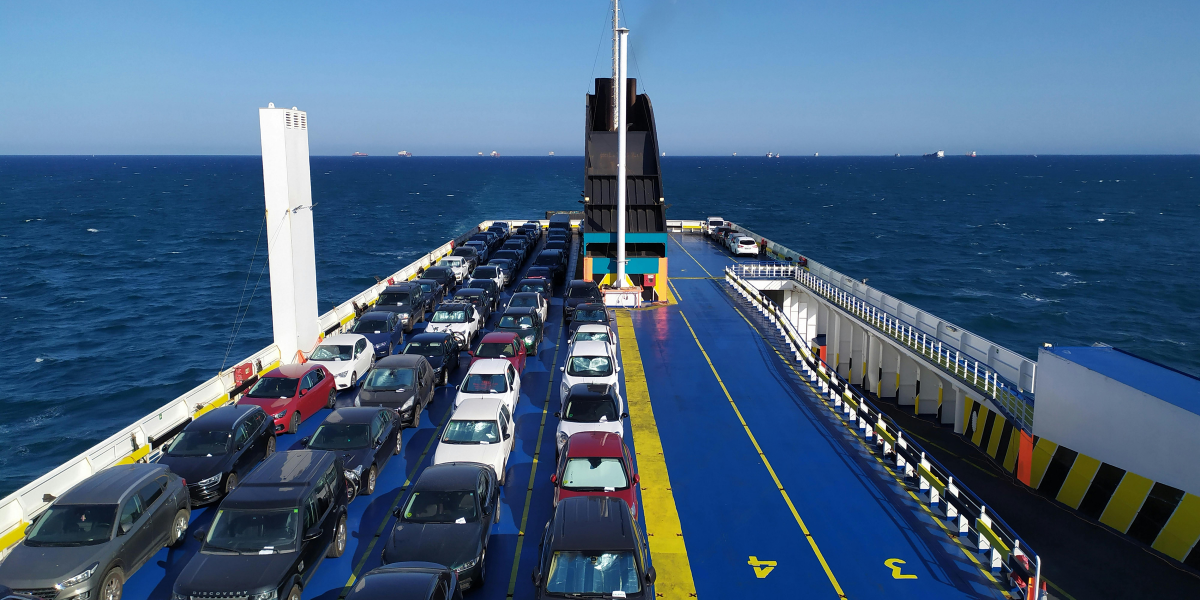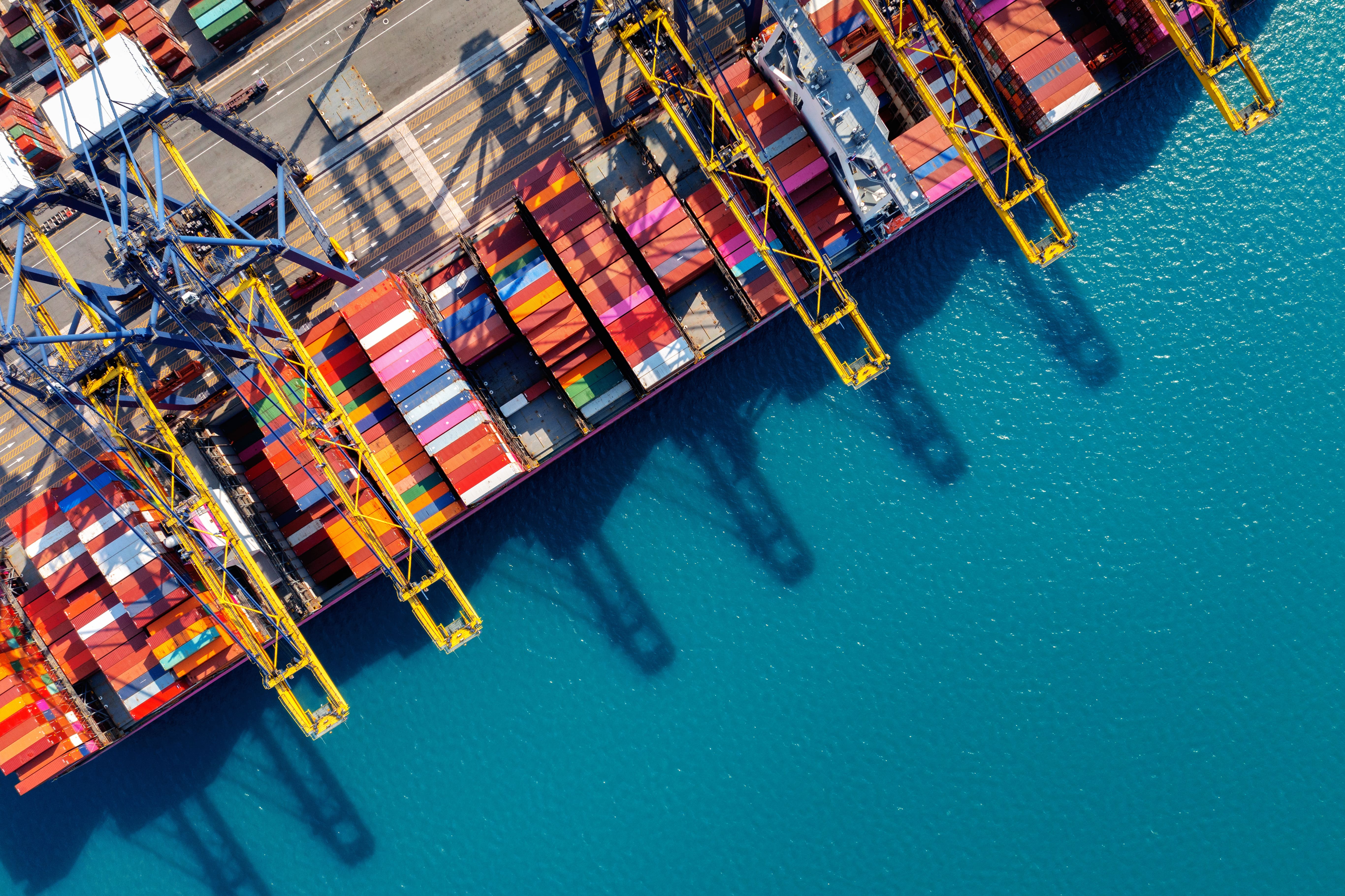Shipping containers are now vital for innovative projects, construction, and storage in addition to international trade and business. Whether your use of a shipping container is for storage, transit, or a creative building project, knowing shipping containers costs will enable you to make wise decisions and save money. From cost-cutting advice to knowledge of aspects influencing their price, this blog will provide you with all you require when navigating the container market.
Key Factors Affecting Shipping Containers Cost
Before purchasing a shipping container, it is important to understand the factors that influence its price. Here are the most significant ones:
1. Size And Dimensions
Standard measurements for shipping containers are 20 and 40 feet in length mostly. Although 20-foot containers are known for being small and cheap, 40-foot shipping containers cost more because they can carry more load. Furthermore, some kinds, like refrigerated or high-cube containers, could have more expenses because of their special qualities.
2. Condition: New vs. Used
The condition of the container is another factor of importance. New containers are always spotless, rust-free, and damage-free and are best for the transportation of high-value commodities or projects that require aesthetic appeal. However, second-hand containers have some signs of wear and tear, but they are the best option for economical buyers, provided they are in useful condition. The cost of used shipping containers is comparatively cheaper.
3. Location And Availability
Geography is a major determinant of container prices. Areas near major shipping ports tend to have a higher supply of containers, hence lower prices. On the other hand, logistics costs tend to increase significantly in rural or remote areas, hence pushing the prices of containers up.
4. Market Demand And Seasonality
Prices change with the demand of the market and season. For example, when trade is at its peak or there is an economic boom, prices may shoot up. On the other hand, during times of low demand, the costs are expected to go down.
5. Customization Requirements
Adding windows, doors, or insulation to a container will raise the overall price. Weigh your project requirements and determine whether these changes are necessary or if a standard container will suffice.
New Vs. Used Shipping Containers: What Works For You?
New Shipping Containers
These are premium and at least cost $3,000, clean, rust-free, free of dents, and ready to be put in use. The new shipping containers are ideal when transporting goods or projects where appearance matters.
Used Shipping Containers
Used containers are cheaper, between $1,500 and $3,000, depending on their condition. They are great for storage, construction, or DIY projects. However, it is crucial to inspect them for structural integrity and signs of damage before buying.
5 Proven Ways To Save On Shipping Containers Cost
Want to cut down the cost of your shipping container purchase? These strategies will help:
1. Buy In Bulk
If you need to use more than one container, purchasing in large quantities will sometimes yield discounts. Sellers tend to offer a discounted price if you are buying more than one at a time.
2. Buy Secondhand Containers
Used containers are the cheaper version of new ones. Although they might look worn out, most of them are still fully operational for any given purpose.
3. Sale Or Auction
Keep a close watch on liquidation sales or auctions. Businesses often sell excess inventory or withdrawn containers at substantially discounted rates, which can be very good deals for alert buyers.
4. Negotiate Transportation Cost
The cost of shipping containers is higher when delivery cost is taken into consideration, especially if the vendor is located far away from your premises. Consider using a vendor closer to your facility or negotiate for lower delivery charges to save on costs.
5. Evaluate Future Needs
In cases where you are going to need a container for a long time, buying it outright is cheaper than renting one. Determine your long-term needs to make the right economic choice.
Conclusion
Such shipping containers are flexible for both business and private users. Knowing what affects the shipping containers cost and using smart purchasing strategies will help one find the best container while being cautious with their money. Whether you want to decide on new or secondhand options, think of buying in bulk, or search for auctions, there are plenty of ways to save money.








